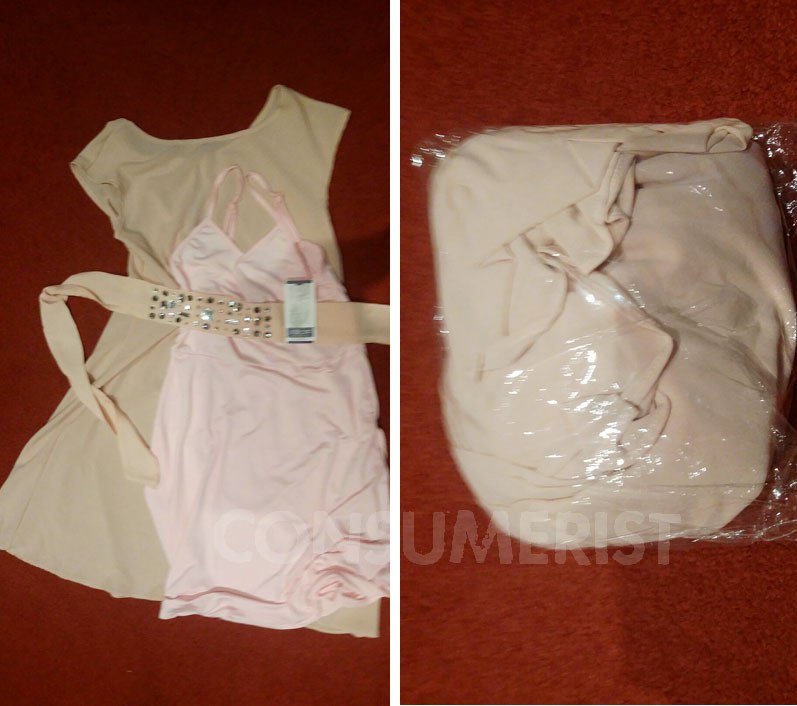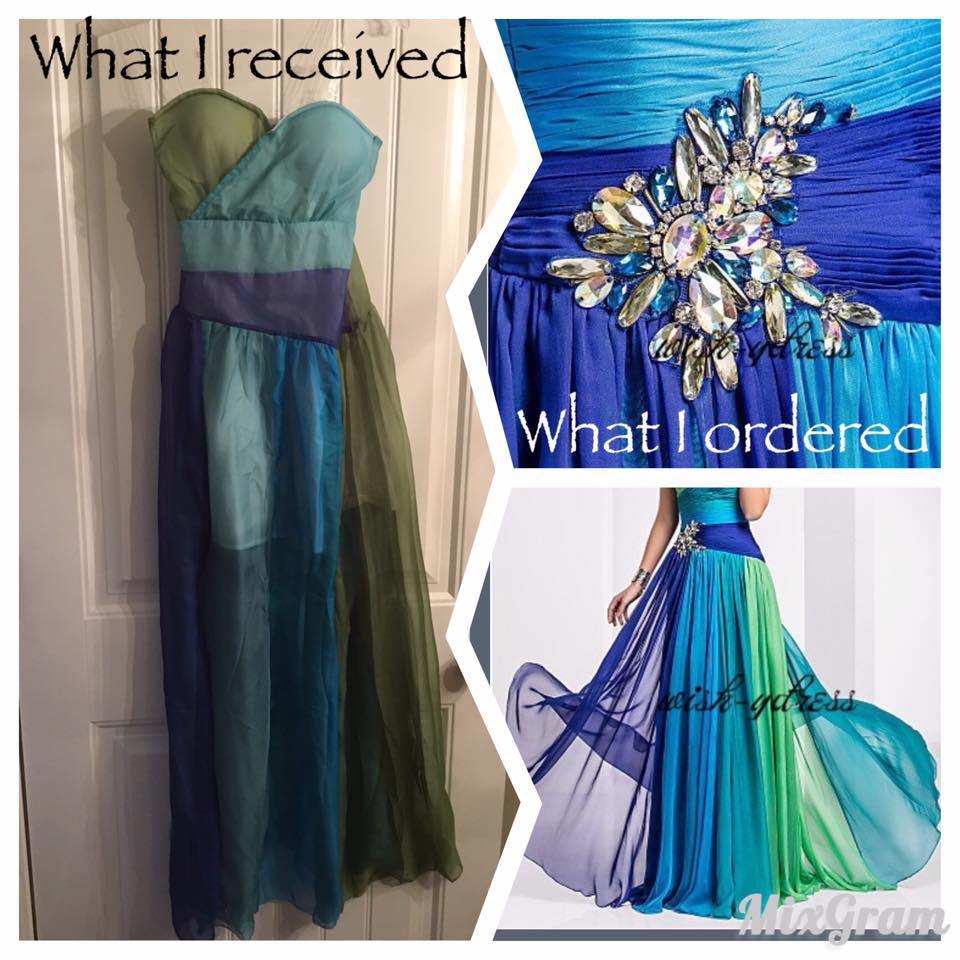Sorry, Bargain-Hunters: Online ‘Formalwear Outlets’ Are Probably Selling Cheap Knockoffs Image courtesy of Steve Spencer
The bridal and formal gown industry is a big business, and the price tags can be daunting. When you see a website offering a beautiful and unique gown, or the same exact gown that you tried on in a local boutique at half the price, that’s a tempting deal. Don’t be tempted, though: the dress most likely isn’t what it seems, and neither is the deal.
Websites selling cheap fashions offer more than formalwear, of course. Customers shopping for the most casual fashions can end up with ill-fitting and disappointing merchandise. When it comes to special-occasion wear, though, the fashion stakes are higher: you’re under pressure to look good on a budget, and you’re probably buying a dress for a specific occasion.
By the time it arrives, it may be too late to find something else suitable for your special event. Sticker shock and frugality also send shoppers online in search of deals.
IT’S NOT AN OUTLET
Here’s how it usually works. Maybe you see a dress in a catalog or on Pinterest and fall in love with it, or you try on a style at a formalwear boutique that’s simply outside of your budget. You type the brand and style in a search engine, or on your favorite marketplace site, like Amazon or eBay.
Listings pop up with professional-looking photographs, and which look as legitimate as any other e-commerce site where you shop. The prices are so great, maybe you don’t pay attention to some odd things, like the “outlet” having sizes and colors available that your bridal boutique didn’t, or descriptions and photos that don’t quite match up.
Maggie wrote in to Consumerist to tell us about her experience, which was pretty typical. She was interested in a black evening gown from a specific brand, and thought she was being a savvy shopper by searching on Google for the brand name and style that she was looking for.
Perhaps she should have known better when she found a dress that the seller claimed was a genuine evening dress from U.K. brand Hobbs for about half of the normal price, but nothing seemed out of the ordinary about the purchase. She was, however, surprised when transaction e-mails indicated that the site was in China, something that wasn’t mentioned on the site.
“Several weeks elapsed and eventually a small parcel arrived containing a very cheap slutty pink dress with a label in Chinese,” she told us in an e-mail. “Obviously not what I ordered.”

This is not a black evening gown.
The site she used wouldn’t give her a refund for sending what’s clearly the wrong item, but the site is still in business and still has a page to order the same black Hobbs evening gown that may actually be none of those three things.
What Maggie received wasn’t remotely close to what she ordered, but usually sites selling cheap dresses at least ship you something that sort of looks like the thing that you thought you ordered.
For example, Malissa shared these pictures with the humor/consumer education site Knock Off Nightmares. Her daughter fell in love with this dress from a vendor on the app and sales platform Wish, and ordered it for her prom on the assumption that she would receive something that resembled the dress in the photo.
What she received might make a nice celebratory prom windsock, but she found a different dress to wear to the actual event.
Knock Off Nightmares, where we found that photo, is a site that posts stark yet hilarious side-by-side photos of what customers ordered and what they got.
We spoke to the site admins about dress disasters and the “formalwear outlet” trap. The problem: nice dresses cost a lot because the materials that go into them are not cheap. The Knockoff Nightmares admins, who work in the fashion industry, broke down what really goes into those “deal” dresses that you find online.
“Let’s say a dress costs $150,” they said in a chat interview with Consumerist. “Quality fabric starts at $20 per yard. Most dresses require seven to 10 yards. We’re already over budget and we haven’t even factored in paying the person that creates it.”
Yes, that’s why your dress doesn’t drape like the version in the photo online, and why the quality isn’t the same. Good stitching and embroidery takes skill, and skilled garment workers have to be paid. “On top of that, these sites offer free shipping from China,” the KN admins continue. “How do these numbers add up? They don’t.” Companies charge U.S. buyers $30-80 if they try to return a gown and ship it back. While shipping in the other direction is cheaper, this all doesn’t fit very well into a $150 budget.
What are the warning signs that you’ve found yourself in a phony online formalwear outlet? We’ll explain that next.
Want more consumer news? Visit our parent organization, Consumer Reports, for the latest on scams, recalls, and other consumer issues.


